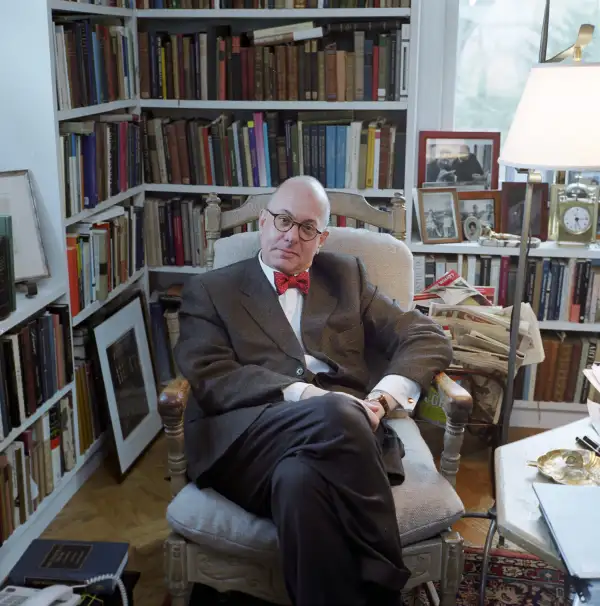Why the Next President Should Forgive All Student Loans

If Hillary Clinton is to win this November, she needs to motivate the electorate to come out to vote for something more than a justified aversion to Donald Trump.
Particularly for younger voters and voters with families, she has to capture their imaginations with a bold, simple, and common sense proposal to address one of the most critical financial and social problems currently facing a generation: the student loan crisis. And she needs to do so in a way that can do the most immediate good for the nation at large.
First, all outstanding student loan debt should be forgiven. Second, a new loan program should be created that is tied to incentives for college graduates to choose careers in public service and which indexes repayment to income.
Related: The “$500 million club” of colleges tends to be stingy with aid to low-income students
Current outstanding student loans amount to 1.3 trillion dollars, roughly 10% of all household debt. Student loan debt is larger than either car loans or credit card debt. Forty-two million Americans hold student loan debt. Student debt has been a drag on younger generations’ incomes and has contributed to the stagnation in middle class earnings.
The average debt at graduation has skyrocketed from $10,000 in 1993 to more than $35,000 in 2016. Furthermore, the federal government has set interest rates on student loans at twice the current market rate of other types of loans. Going to college should not be a profit center for Wall Street and the federal government.
By forgiving student loan debt—which is largely held by the government—a tremendous economic stimulus would be generated, whose beneficiaries are people, not banks.
The cost is comparable to the stimulus program created in the wake of the financial crisis of 2008, and, in this case, Main Street and not Wall Street will benefit. Quickly, more than two generations of Americans would be able to invest in homes and develop and support families. And the Americans who benefit are those who have obtained education and skills, but whose careers have been hobbled by an inordinate amount of debt.
The Clinton and Sanders campaigns have argued in too cautious and limited a manner that the high cost of higher education cannot continue to be passed on to the individual consumer.
Our public policy regarding the financing of higher education has to be changed with bold and courageous action. The cost of higher education will not be reduced by technological gimmicks or by savaging the structure of the American university. While new technology, from the book to the smartphone, has always helped higher learning, it has only done so when making the indispensable connection between student and teacher stronger.
We must underscore the fact that universities are not businesses, and that indeed the progress of knowledge thrives on research, speculation, apparent impracticality, and the inherent inefficiencies of human interaction. A fair bit of unpredictability in the way research and teaching operate is essential. Our amalgam of universities and colleges, for all its shortcomings, remains the finest higher education system in the world and a magnet for students across the globe. It is perhaps the only arena outside of military might in which America is the envy of the world. We should keep it that way.
Once having wiped out existing debt—as an investment in our nation’s human capital—we need a new loan program for current and future students. It should include a structured forgiveness provision. As an incentive to recruit our best talent into public service, loan holders who work in key public sector fields, from teaching to law enforcement, should receive a forgiveness benefit. After 20 years of being a public school teacher, for example, one’s debt should be marked down to zero. This proposal is also compatible with making attendance at public institutions of higher education free for families making up to $125,000, as well as indexing repayment to income.
Related: Who’s fighting for college for the forgotten majority?
Critics of this idea will object that it is an irresponsible and unaffordable bailout that constitutes a bad precedent and a “moral hazard.” The opposite is the case. We cannot afford not to do it. Student loans of the type we now have should never have been instituted. They were predicated on an inflationary economy and rising wages over time, which is not the reality we all now face. Making higher education affordable and beneficial is what we should be doing now with our tax dollars, particularly given the massive transformation our national and global economies are experiencing.
A bold and clear initiative, and not narrowly defined complex adjustments is what is needed.
There is no chance that Donald Trump and the Republican Party will embrace such a notion. But Hillary Clinton and the Democratic Party can and should. Wiping the slate clean and starting anew in making higher education desirable and affordable can galvanize voters and ensure a turnout in November’s election that can secure victory for Clinton, while directly addressing one of the most important economic issues in a generation.
The resentment and discontent in the country are volatile and unpredictable. Tackling the crisis in student loan debt clearly and decisively will give the country and its young people hope and a concrete reason for optimism. A positive vision for the future, not based on fear, is what the nation wants, and needs.
Leon Botstein is the president of Bard College, Annandale-on-Hudson, N.Y. This article originally appeared August 11 in The Hechinger Report.